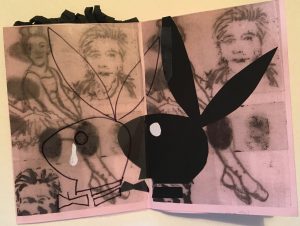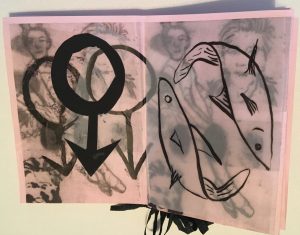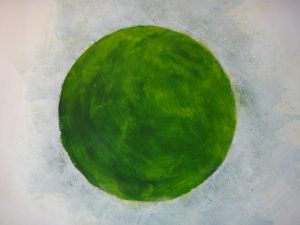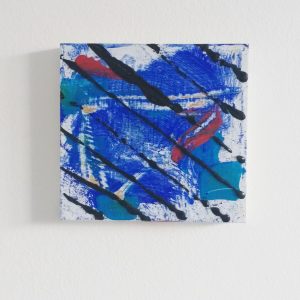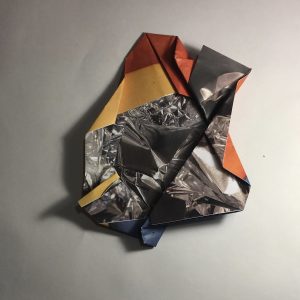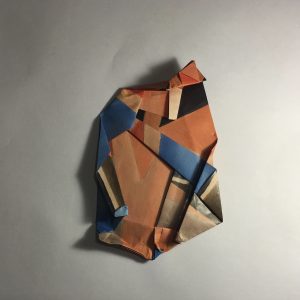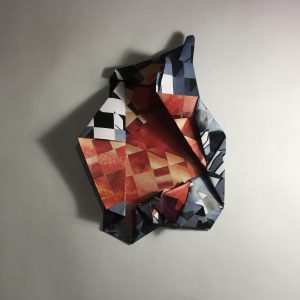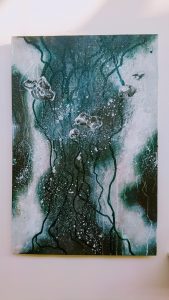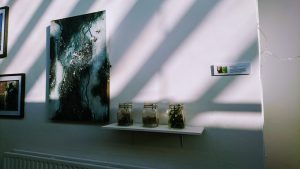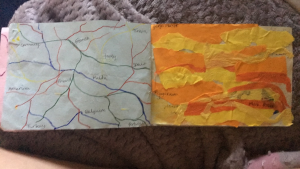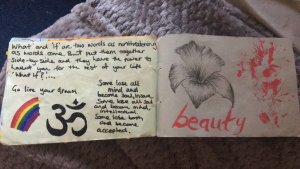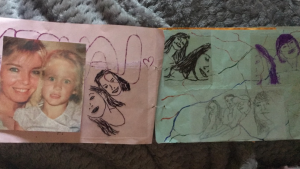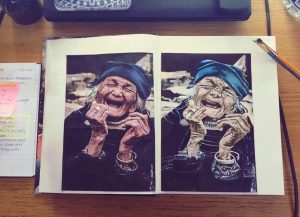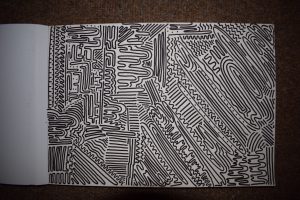
The first project that we were set on our Fine Art course was to create a ‘passport’. This project made me consider what constitutes a ‘passport’ and what can be seen to shape one’s identity. I immediately had several ideas and possible routes to explore – is the layout and format of a passport important or can it be changed to reveal information in a different way? What information about myself should I add that isn’t usually included on a passport? Should I use images or numbers or a mixture of both to describe myself? Of course there are many ways in which I could go about this idea, and it is difficult to know where to start or which materials to use, etc.
Despite being a seemingly straight forward task (a way to get to know the other fine artists in the room and provide information about yourself) it is complex in that there is no clear end point; you can make as much or as little of the project as you wish.
Personally, the idea of sharing personal information to others makes me feel nervous, and I chose to instead provide only the main information about myself to form the starting point of my passport, tracing or drawing things of relevance on different pieces of paper. These drawings included my front door, pets, toy cow, local area, favourite band, hair colour, etc. I then experimented with photocopying things (e.g. Cowie) and took a tree rubbing over my tree drawing as I have always loved the texture of trees.
Other ideas that I considered include providing only a list of important dates and/or numbers in a way of simplifying my existence into statistical means. I also considered overlapping acetate, placing more obvious details on top thus making them easier to see, with lesser known information causing the viewer to take more time to decipher (similar to getting to know someone in real life). A further idea which I had involved representing myself only by the stereotypes of my local area – coming from an area which is often given a bad name (Croydon, South London) and having lived there all my life, it is an area which people sometimes try to avoid mentioning, even if it isn’t as bad as it is made out to be. The area in which you live in and your social environment is definitely something which can be seen to shape you as a person, thus giving you your identity and making places visited your ‘passport’.
As passports act as a quick from of identification, I displayed all of my images together, slightly overlaying some, so that all information could be seen at the same time. By adding some of my own DNA – fingerprints and sewn hair – the passport is more personal to me. I quite like the simplicity of my layout as it is to the point and gets the information across. However, if I continue with the passport I could explore numerical data, locations and other ways of using hair, e.g. writing with it or drawing with it.
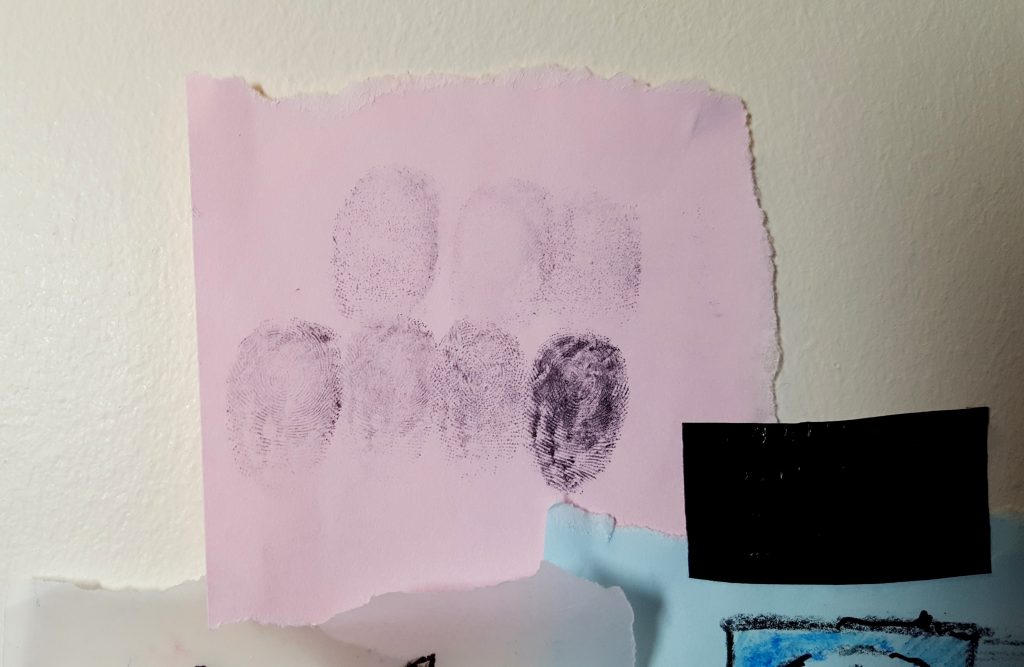
Close-up of fingerprints
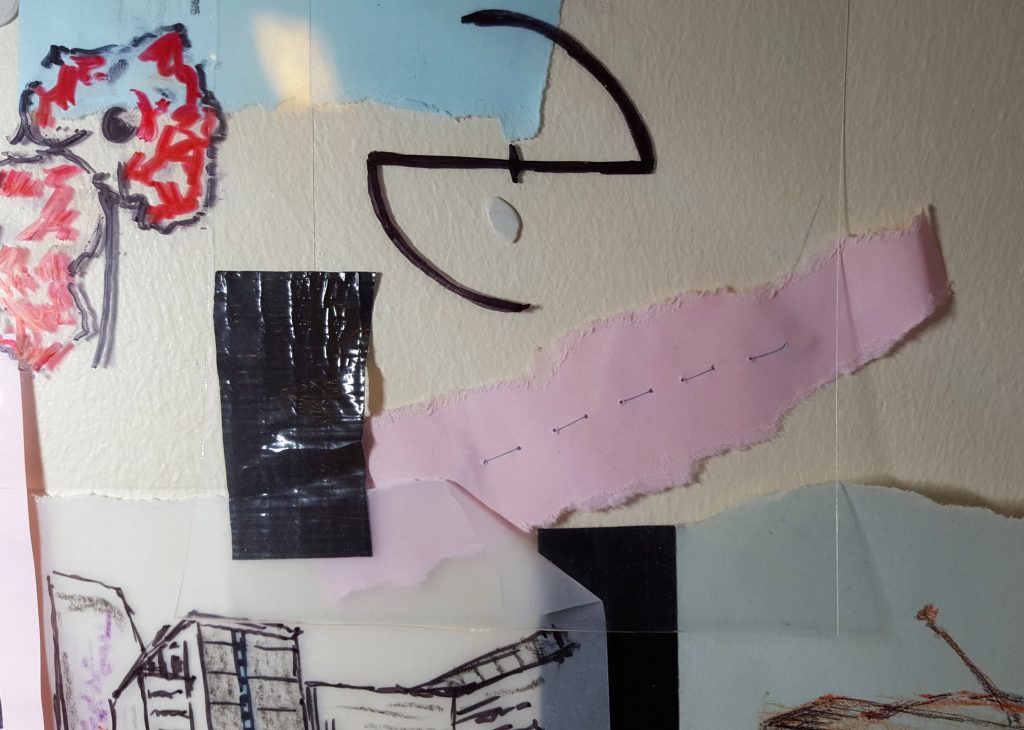
Close-up of Evanescence logo, parts of drawings and sewn hair
